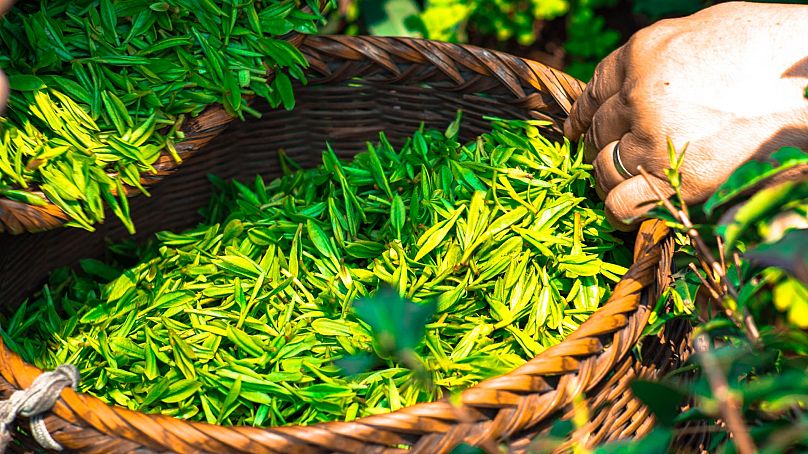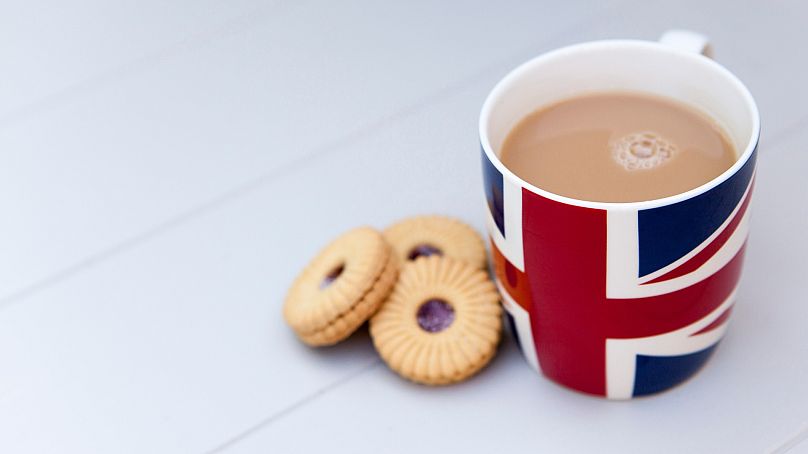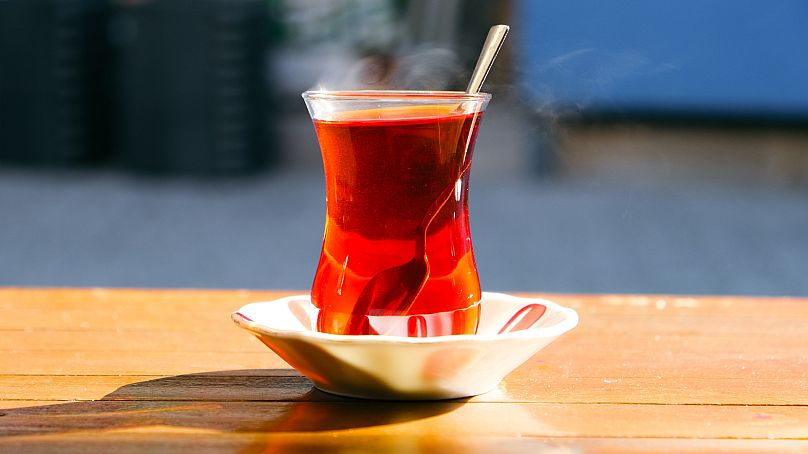Fear is building among tea lovers in Britain this week following news that there could be a shortage in supplies because of US-UK military strikes against Houthi rebels in the Red Sea. So how did Europe fall in love with the black stuff?
Teatime might be at risk, as Britain’s most sacred tradition could be affected by the Houthi attacks on supply ships in the Red Sea, it's been reported this week.
The first sign of disruption to the shipment of tea to the UK was noted by British supermarket chain Sainsbury’s, which gave this notice: “We are experiencing supply issues affecting the nationwide supply of black tea. We apologise for any inconvenience and hope to be back in full supply soon.”
Speaking to the Times, Andrew Opie, director of food and sustainability at the British Retail Consortium, said: “There is temporary disruption to some black tea lines, but the impact on consumers will be minimal as retailers are not expecting significant challenges.”
Over half of all the British tea is sourced from India and Kenya with that supply chain depending on Red Sea shipping routes, explains the Institute of Export and International Trade.
The origin and spread of tea culture
Tea is a central part of modern British culture. It is the third biggest consumer of tea per capita, after Türkiye and Ireland, with 84% of Brits drinking at least one cup of tea a day.
The earliest examples of tea drinking took place in southern China, likely in the Yunnan region at least as early as 5,000 years ago. Cultivation of tea plants have proliferated from there with the first shipment of the leaves to Europe made by the Dutch East India company sourcing tea from Macau in 1607.
Fun fact: the name a country calls tea today is related to the route it accessed the plant from due to different dialects of Chinese. In the north, dialects pronounced the character for tea 茶 as “cha”, while the south was more likely to pronounce it as “te” or “ta”. Areas which accessed their tea via the northern land route – Russia, India and the Middle East – are more likely to call the drink a variant of “cha” or “chai”, while those who accessed it via southern sea routes – England, the Netherlands and Portugal – opted for a version of “tea”.
Shortly after in the 17th century, the English started importing tea from Macau, possibly due to the influence of King Charles II’s wife, the Portuguese princess Catherine of Braganza.
Over the next century, the drink went from the preserve of the upper classes – due to high taxes levied against tea – to a popular drink for all.
Europe's unique tea taste
Unlike most of the rest of the world, the UK and Ireland love their tea with a splash of milk. While this is in part due to the milk softening the bitter taste of the leaves, it also might be due to the delicate porcelain cups people used.
By putting a drop of milk in the cups beforehand, you could avoid the sudden shock of hot liquid from cracking their crockery.
Milky tea is so loved that around 98% of the 100 million teas brewed daily in the UK contain a splash of milk.
To understand just how popular teatime is to Brits, the National Grid has to allocate extra power due to surge demands when everyone puts on the kettle at the same time during advert breaks for popular TV soap operas like ‘Coronation Street’.
And that effect is generally heightened when the England men's football team play in a major tournament.
The record surge demand on the power grid came after the penalty shootout for the 1990 England v West Germany FIFA World Cup semi-final.
The Irish drink even more tea than the British with the average citizen drink four to six cups of the stuff every day. Ireland began importing tea from England in the 19th century. For a long time, the English would impose taxes on tea coming to Ireland making it prohibitively expensive.
As a result, much of the tea that first got the Irish hooked was of a lesser quality than the stuff in England, making that extra splash of milk and a bit of sugar even more essential.
The absolute top tea drinking nation in Europe though is Türkiye. Tea history runs deep in the Eurasian nation, as there is evidence of Silk Road traders bringing the leaves as far back as the 5th century AD.
In Türkiye, tea is brewed in a çaydanlık, a two-stage teapot that boils the water in one chamber before steeping the leaves in another.
The tea is then poured in small tulip-shaped glasses and often enjoyed with a sugar cube.














